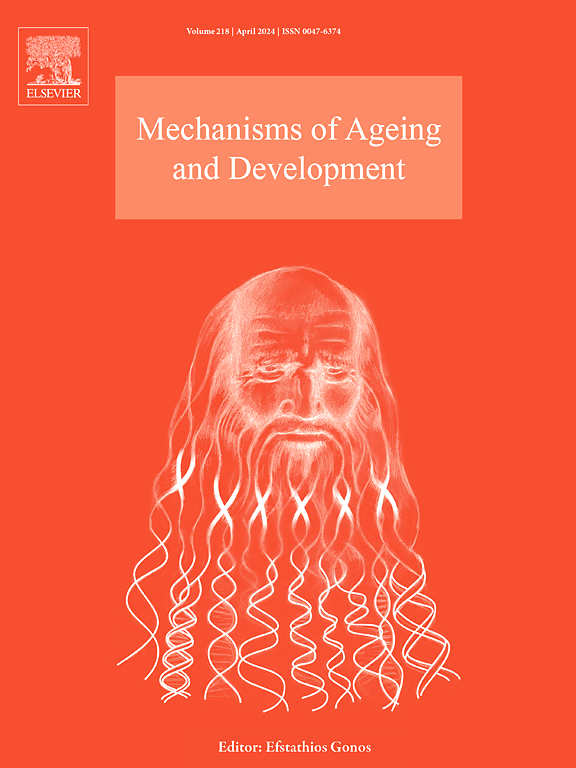Role of stem cells in ageing and age-related diseases
IF 5.1
3区 医学
Q2 CELL BIOLOGY
引用次数: 0
Abstract
Stem cell functions and ageing are deeply interconnected, continually influencing each other in multiple ways. Stem cells play a vital role in organ maintenance, regeneration, and homeostasis, all of which decline over time due to gradual reduction in their self-renewal, differentiation, and growth factor secretion potential. The functional decline is attributed to damaging extrinsic environmental factors and progressively worsening intrinsic genetic and biochemical processes. These ageing-associated deteriorative changes have been extensively documented, paving the way for the discovery of novel biomarkers of ageing for detection, diagnosis, and treatment of age-related diseases. Age-dependent changes in adult stem cells include numerical decline, loss of heterogeneity, and reduced self-renewal and differentiation, leading to a drastic reduction in regenerative potential and thereby driving the ageing process. Conversely, ageing also adversely alters the stem cell niche, disrupting the molecular pathways underlying stem cell homing, self-renewal, differentiation, and growth factor secretion, all of which are critical for tissue repair and regeneration. A holistic understanding of these molecular mechanisms, through empirical research and clinical trials, is essential for designing targeted therapies to modulate ageing and improve health parameters in older individuals.
干细胞在衰老和年龄相关疾病中的作用
干细胞的功能和衰老是紧密相连的,并以多种方式持续相互影响。干细胞在器官维持、再生和体内平衡中起着至关重要的作用,所有这些都随着时间的推移而下降,因为它们的自我更新、分化和生长因子分泌潜力逐渐减少。功能下降是由于外部环境因素的破坏和内在遗传和生化过程的逐渐恶化。这些与衰老相关的退化变化已被广泛记录,为发现用于检测、诊断和治疗衰老相关疾病的新型衰老生物标志物铺平了道路。成体干细胞的年龄依赖性变化包括数量下降、异质性丧失、自我更新和分化减少,导致再生潜力急剧下降,从而推动衰老过程。相反,衰老也会对干细胞生态位产生不利影响,破坏干细胞归巢、自我更新、分化和生长因子分泌的分子途径,这些都是组织修复和再生的关键。通过实证研究和临床试验全面了解这些分子机制,对于设计有针对性的治疗方法来调节衰老和改善老年人的健康参数至关重要。
本文章由计算机程序翻译,如有差异,请以英文原文为准。
求助全文
约1分钟内获得全文
求助全文
来源期刊
CiteScore
11.10
自引率
1.90%
发文量
79
审稿时长
32 days
期刊介绍:
Mechanisms of Ageing and Development is a multidisciplinary journal aimed at revealing the molecular, biochemical and biological mechanisms that underlie the processes of aging and development in various species as well as of age-associated diseases. Emphasis is placed on investigations that delineate the contribution of macromolecular damage and cytotoxicity, genetic programs, epigenetics and genetic instability, mitochondrial function, alterations of metabolism and innovative anti-aging approaches. For all of the mentioned studies it is necessary to address the underlying mechanisms.
Mechanisms of Ageing and Development publishes original research, review and mini-review articles. The journal also publishes Special Issues that focus on emerging research areas. Special issues may include all types of articles following peered review. Proposals should be sent directly to the Editor-in-Chief.

 求助内容:
求助内容: 应助结果提醒方式:
应助结果提醒方式:


